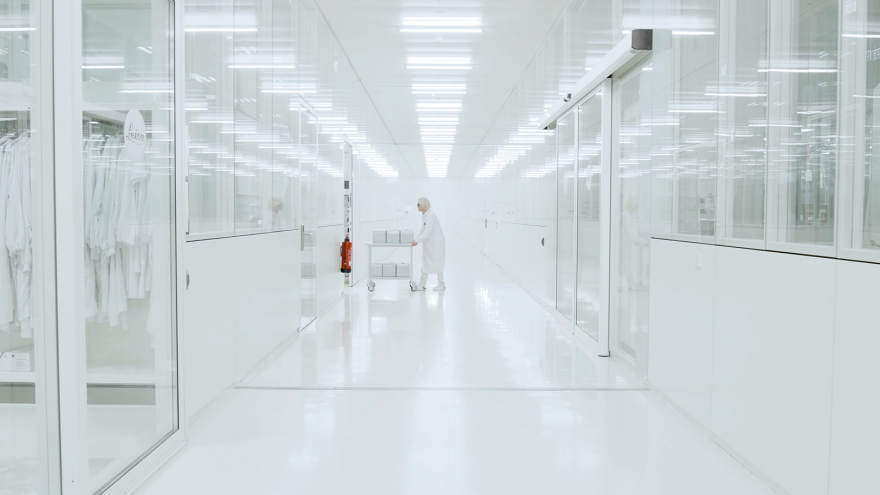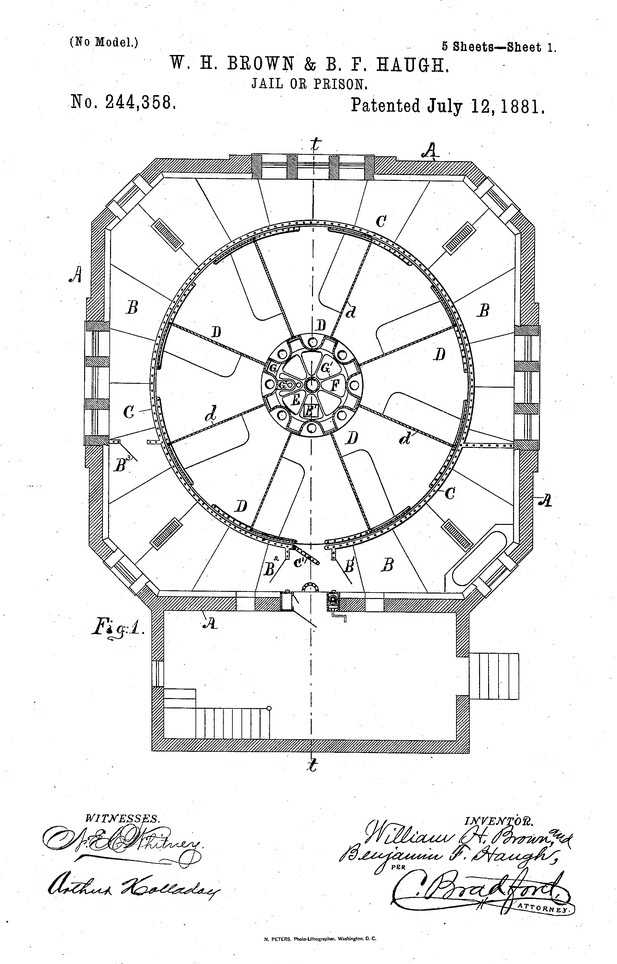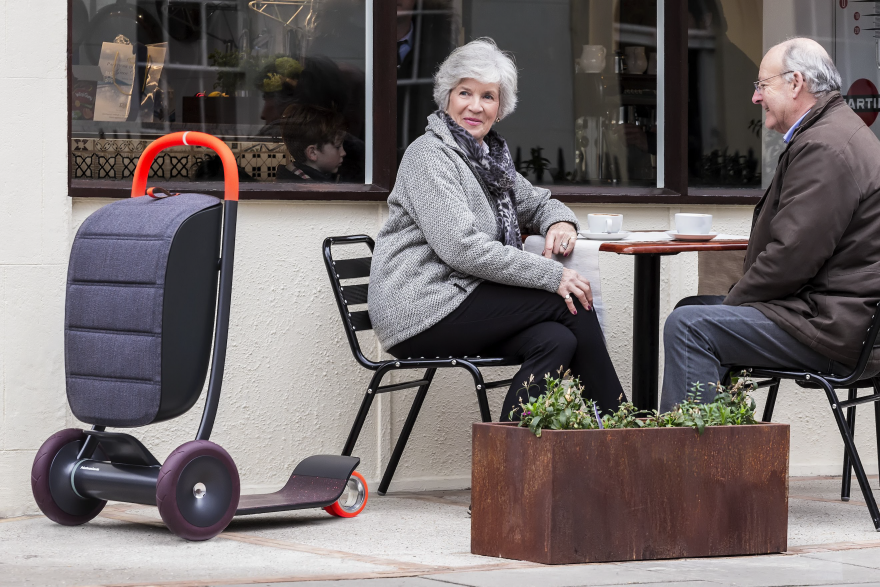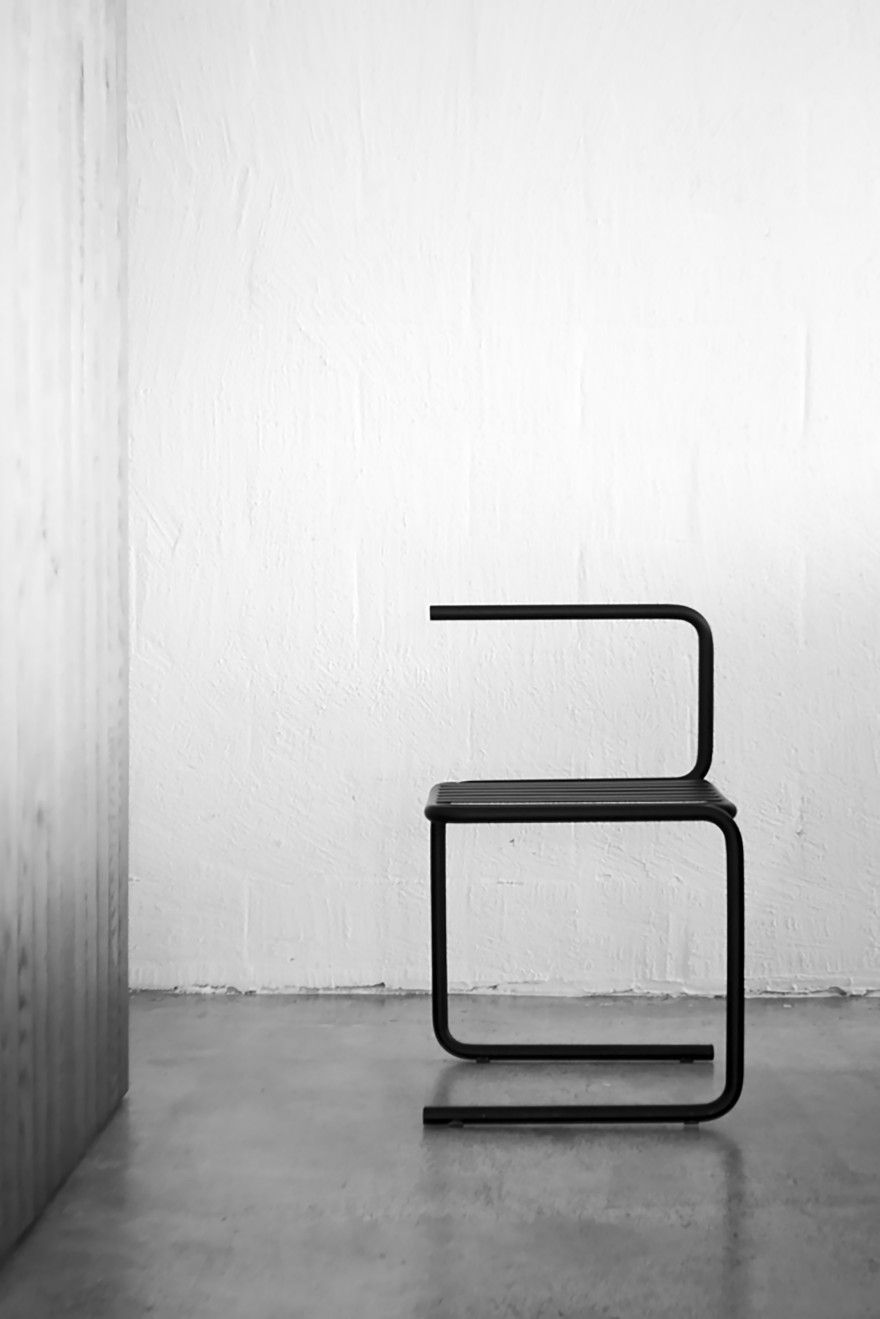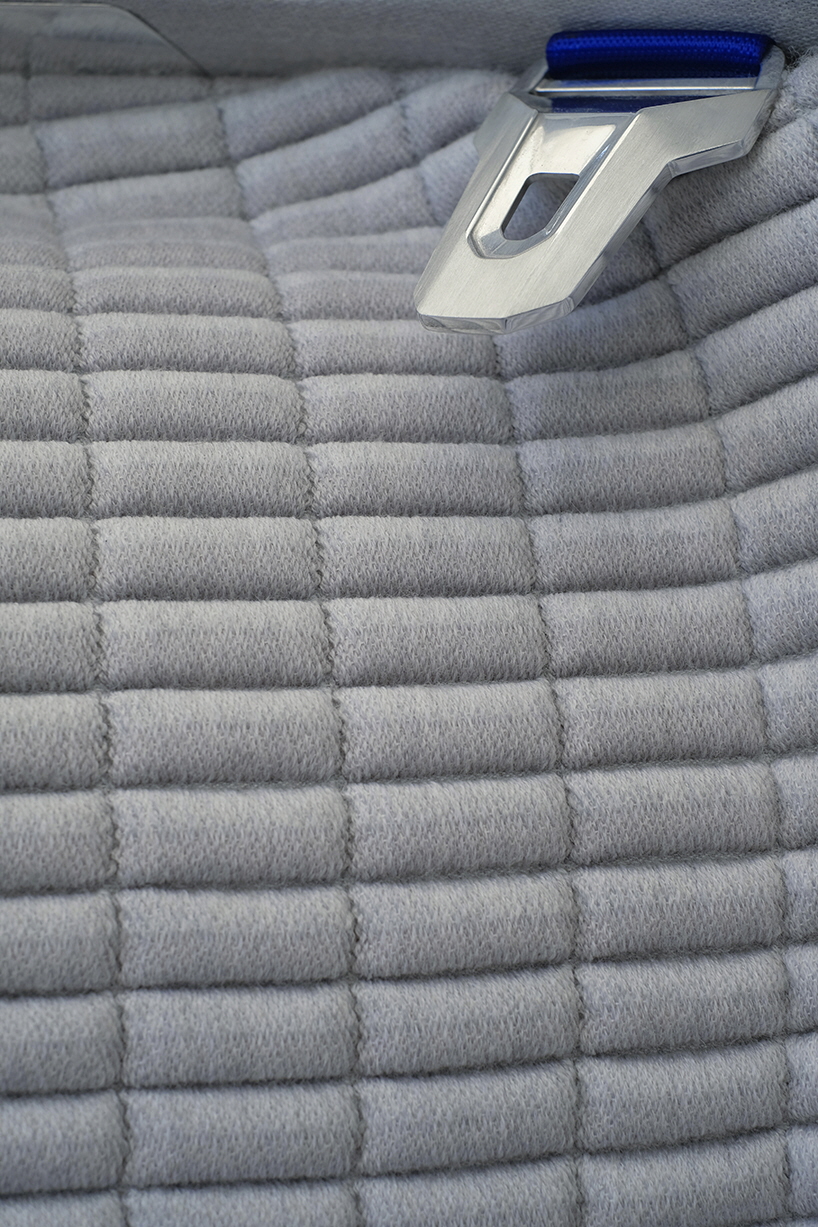Anyone familiar with the woes of freelancing knows that hourly time tracking can be a genuine hassle. While it's true that many common software programs for personal accounting are trying to tackle this with digital solutions, it can still at times feel difficult to accurately track your time on the job. The founders of a new tech product called Tiller that launches today on Kickstarter are hoping the ultimate solution to this problem doesn't lie in an app or software program, but a desktop accessory that allows you to clock in and out with the tap of a finger.
Co-founder of Joan, the digital agency developing behind Tiller, Nick Hallam told Core77 the original inspiration behind the product's hardware was simply to come up with a solution that best fit the problem: "When we looked at time tracking, it felt like almost all companies had spent their time improving what you can do with your tracked time data, but not actually spending time asking the question of how can we make it easier and a better experience for a human to track their time? If you ask that question and truly try and answer it, I would be surprised if you came up with a mobile app, desktop app or Chrome extension. Adding hardware to the software improves the whole experience and makes it that much easier to do."
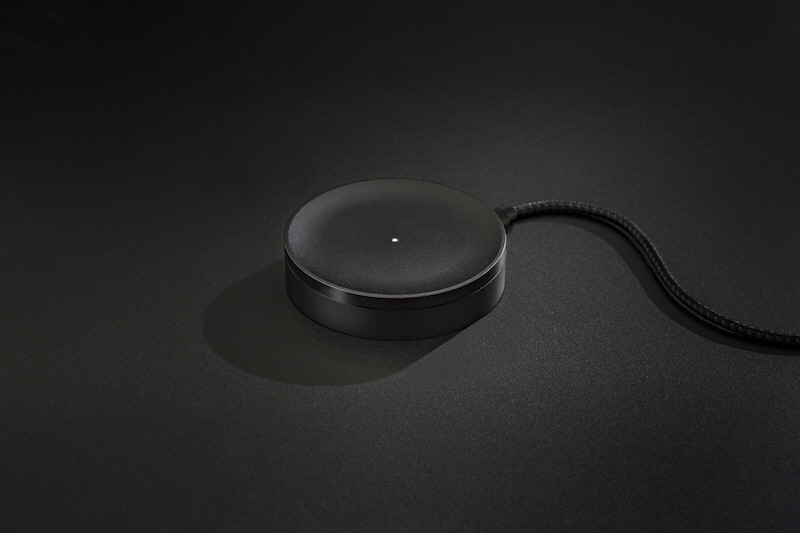
The team behind Tiller conducted years of prototyping and design research in order to get to their final form. Their main motivation behind the hardware was to make tracking time with a new device as intuitive as possible, so they built a simple tap-and-turn system that allows you to clock in and turn the device to easily switch between projects. "After many iterations, we came up with an ordered list that appears on top of all your other windows. If you want to stop your timer because you're going out to lunch, you can tap Tiller and you'll get a small notification on the screen. That's it," notes Hallam. One question Tiller says they always get from curious individuals is why the device isn't wireless, and they emphasize that this was a completely conscious decision. Eliminating the need for Bluetooth or Internet connectivity eliminates the chance for error and results in a more reliable device.
Such a product serves as a reminder that no matter how magically convenient certain apps and software can be, often the object its encased in can make or break how successful it is with the general public. "There is that saying that if you're a hammer, everything looks like a nail, and that's what a lot of technology companies do when trying to solve a new problem. So to a software company, time tracking will, of course, require an app," the Tiller team mentions.
The question at this hour is certainly whether or not this is a problem many people can relate to, which is why Tiller is an ideal product to be funded on a platform like Kickstarter. Already at $12,000 since launching earlier this morning, it looks like it may be fulfilling a few fed up freelancers' needs.









